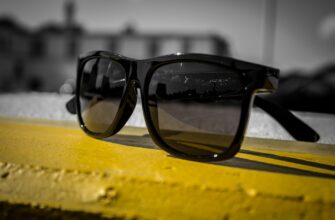
Most people think of verbal communication when we discuss face-to-face interactions, which involves communicating our thoughts and feelings through speech. Even though verbal communication is crucial, it only accounts for a small portion of communication.
The majority of communication is nonverbal. Body language and facial gestures frequently accompany and augment spoken communication. According to specialists, around 55% of what we communicate is expressed through our body language and facial emotions.
The nonverbal cues we use, including our body language and facial emotions, can still say a lot. It’s also crucial to be conscious of your own body language so that you may present yourself as you would like to.
It’s not always easy to comprehend the psychology of body language. However, we’re going to help reveal the mysteries of body language signals.
Here are some tips on how to analyze body language and the significance of various nonverbal cues.
Facial Expressions
Consider how much a person can say simply by altering their facial expression. A grin can be used to convey acceptance or joy. An expression of disapproval or unhappiness is a frown.
Sometimes, the way we look can tell the world how we really feel about a situation. Even when you claim to be feeling good, others may not believe you based on the expression on your face.
Even our level of trust or belief in someone’s words can be gauged by their facial expression.
Facial expressions are also among the most universal forms of body language. The expressions used to convey fear, anger, sadness, and happiness are similar throughout the world.








